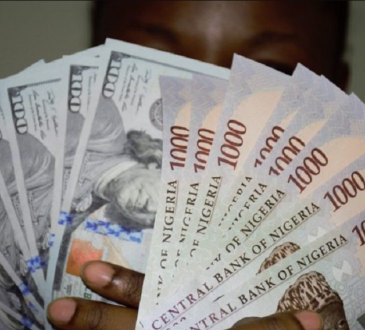What’s going on here?
Malaysian palm oil futures got a boost recently from rising prices in Dalian market rivals and a weakening ringgit.
What does this mean?
The benchmark palm oil contract for January delivery on the Bursa Malaysia Derivatives Exchange climbed 40 ringgit, or 0.93%, to 4,339 ringgit per metric ton. This rise was partly driven by gains in soyoil and palm oil contracts on the Dalian Commodity Exchange, where soyoil increased by 0.95% and palm oil by 1.68%. The ringgit’s 0.49% drop against the dollar also contributed, making palm oil cheaper for buyers with foreign currency. However, the decline in Chicago Board of Trade soyoil prices by 0.05%, and falling global oil prices influenced by Middle Eastern diplomacy and weak Chinese demand, pose challenges to palm oil’s role as a biodiesel feedstock. Meanwhile, the broader financial scene saw Asian stocks fall, the dollar rise amid bond sell-offs, and gold prices increase.
Why should I care?
For markets: Currency shifts sweeten deals.
The depreciation of the ringgit makes Malaysian palm oil more appealing to international buyers, potentially boosting demand and supporting prices. Investors should keep an eye on currency movements, as further weakening of the ringgit could create more trading opportunities in this sector.
The bigger picture: Global tides shape local fortunes.
Rising Dalian market prices and currency devaluation are lifting Malaysian palm oil, but global oil price dynamics and geopolitical influences temper this. With Asian stocks dropping and the US election causing currency volatility, the interconnected nature of global markets remains crucial for commodity traders and economic strategists.





